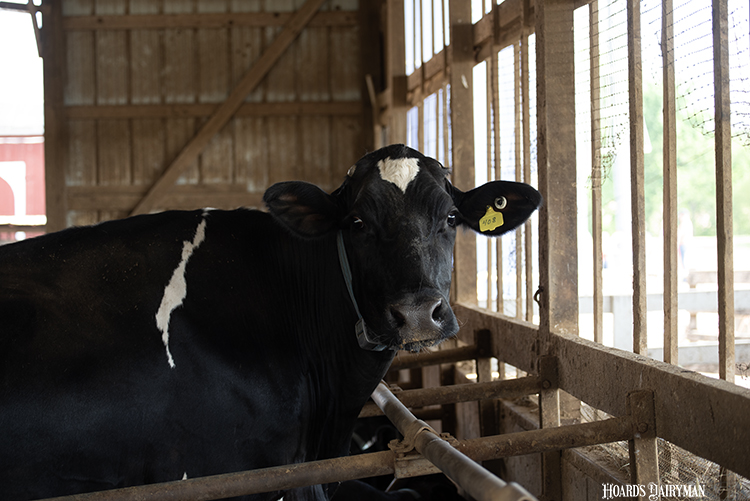
When Cornell University’s Daryl Nydam’s father was a practicing veterinarian, he was at the forefront of the industry recommendation that farms should dry treat every quarter of every cow. From Nydam’s perspective, no farming practice has been more widely adopted than dry cow therapy. In fact, the most recent National Animal Health Monitoring System (NAHMS) survey in 2014 indicated that more than 90% of cows are treated with antimicrobials at dry-off.
“We adopted this wholeheartedly,” said Nydam during a breakout session at the Professional Dairy Producers of Wisconsin’s Business Conference. The veterinarian said this strategy was an awesome practice when the average dry cow was infected or likely to be infected. He shared data from the 1980s where more than half of quarters had a subclinical mastitis infection at dry-off.
When infections were more prevalent, Nydam said it didn’t pay to sort out which cows to treat or not treat, and he said that it was a good use of antibiotics overall. Now, 75% to 90% of quarters are culture negative at dry-off. “Udder health has improved dramatically in the U.S.,” Nydam stated. This is one reason why some farms may choose to use selective dry cow therapy rather than treating every cow.
He also explained that mastitis-causing pathogens have changed over time. Strep. ag. used to be a huge problem, he said, but it is fortunately killed with any of the six FDA-approved dry cow therapies available on the market. Staph. aureaus was another big problem, but he said it is a small problem in most herds now. The contagious pathogens that were highly prevalent are more sporadic today, he noted.
In addition, teat sealants, a tool commonly used today, were not readily available decades ago. Now we have many options, and Nydam said they work well at preventing new infections during the dry period.
Nydam said there are a few reasons why farms might consider the switch to selective dry cow treatment. One is the cost savings on tubes and potentially labor. There is also the reduced risk of antibiotic residues in milk. Furthermore, outside pressure on farmers to reduce antibiotic use may lead some producers to head down this path.
If using selective dry cow therapy, Nydam said the farm needs to be able to identify which cows and quarters to treat. “We need something that’s pretty accurate, pretty rapid, and pretty inexpensive,” Nydam noted. Culturing, cowside tests, and records of somatic cell count and mastitis cases are some options. Producers that want to make the switch to selective dry cow therapy should work with their veterinarian to set up criteria for determining which cows should still be treated.








